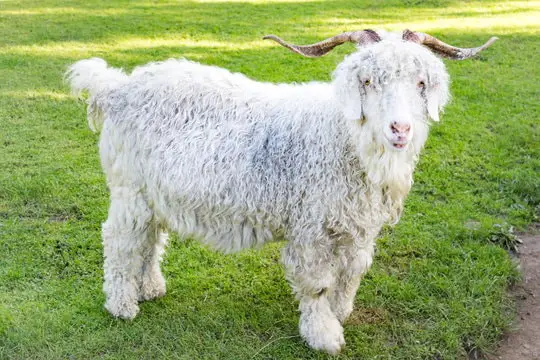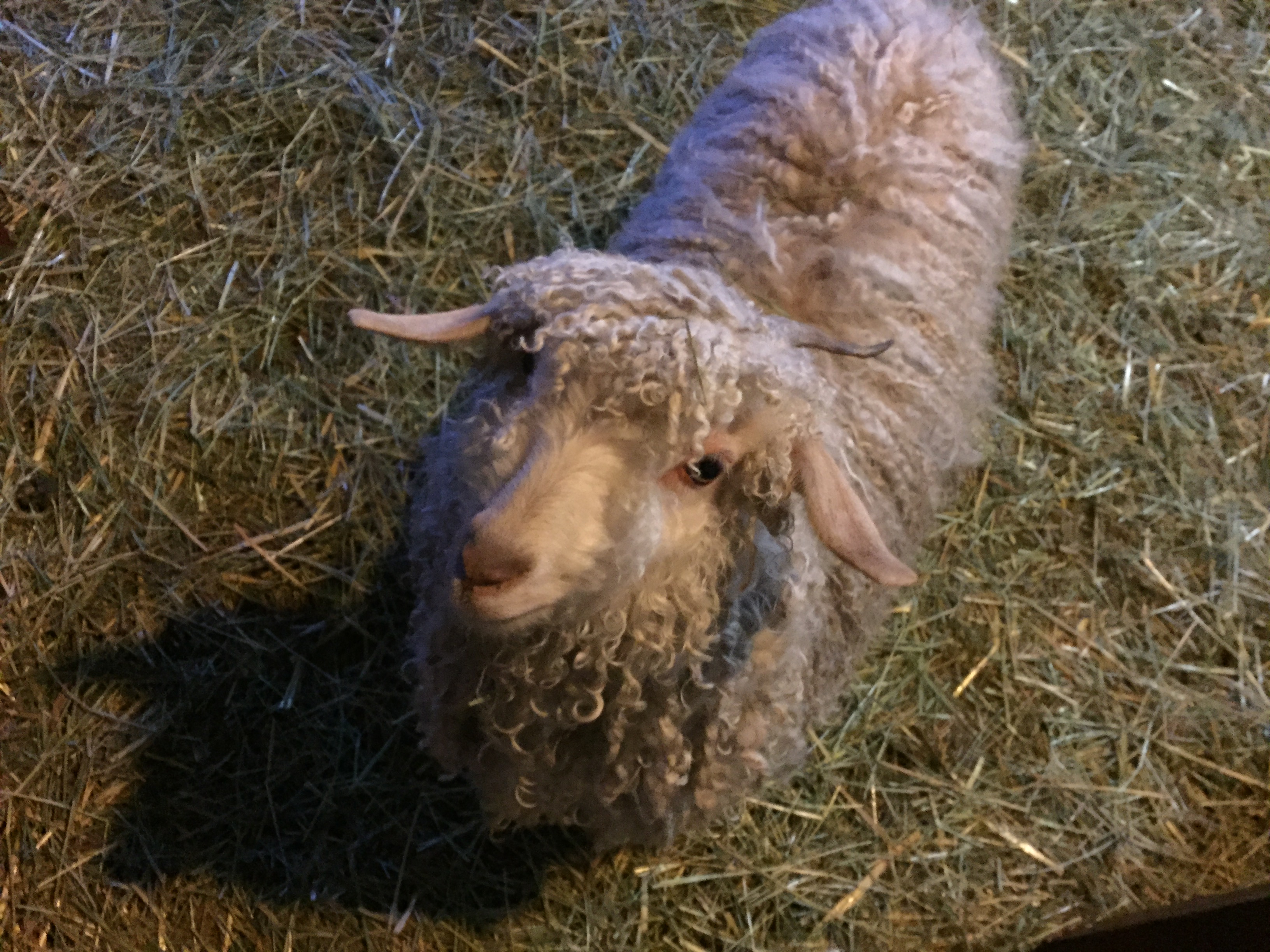

They’re often shorn one final time before being sold for meat, or they may be slaughtered for their skin, which is used to produce clothing, rugs, and other items. Unlike sheep, goats do not carry layers of body fat.)Īngora goats used for mohair are killed well short of their natural 10-year life expectancy-as soon as they’re no longer useful to the industry because they cannot reproduce or because drought, illness, or several years of rough shearing have reduced the quality or regrowth rate of their hair. (Workers left a covering of hair on the backs of the goats seen here, as they were shorn in the winter, but it will still be difficult for the animals to retain their natural insulation. They’re often rapidly shorn in as little as five minutes, which can lead to bloody wounds. These procedures are usually carried out without any pain relief.Īfter shearing, angora goats lack the covering that they need to avoid the deadly effects of becoming chilled. Males also endure painful testicle removal using rubber rings, which leaves them in distress for days and often leads to tetanus infection.
Angora goat hide skin#
On some farms, workers also dehorn kids at the age of 1 or 2 weeks, typically by burning their horns off with a hot iron or applying a caustic chemical paste, which causes them to rub or scratch their heads in pain-potentially resulting in severe burns or blindness if the paste is transferred to their skin or eyes. Other goats were hauled to a slaughterhouse, jolted with electricity, hung upside down by one leg, slashed across the throat, bled, and skinned. One worker sawed through their throats with a dull knife and then broke their necks. Goats deemed no longer profitable died agonizing deaths. Workers also used tattoo pliers to punch sharp needles through goats’ ears to identify the animals, causing many to cry out in intense pain. Shearers cut broad swaths of skin off some animals-and crudely stitched up the most gaping wounds right there on the filthy shearing floor, without providing any pain relief whatsoever. Workers in the mohair trade are paid by volume, not by the hour, so they’re driven to work quickly and carelessly. Goat kids who were being shorn for the first time were heard screaming in pain and fear.

Goats are prey animals, which means that being pinned down during the shearing process is especially terrifying for them. Some shearers lifted the goats up off the floor by the tail, likely breaking it at the spine. Workers dragged goats by their horns and legs, threw them across the floor, mutilated them, and even cut the throats of fully conscious ones. A PETA Asia eyewitness investigation of 12 angora goat farms in South Africa-the world’s top mohair producer-documented rampant abuse.


 0 kommentar(er)
0 kommentar(er)
